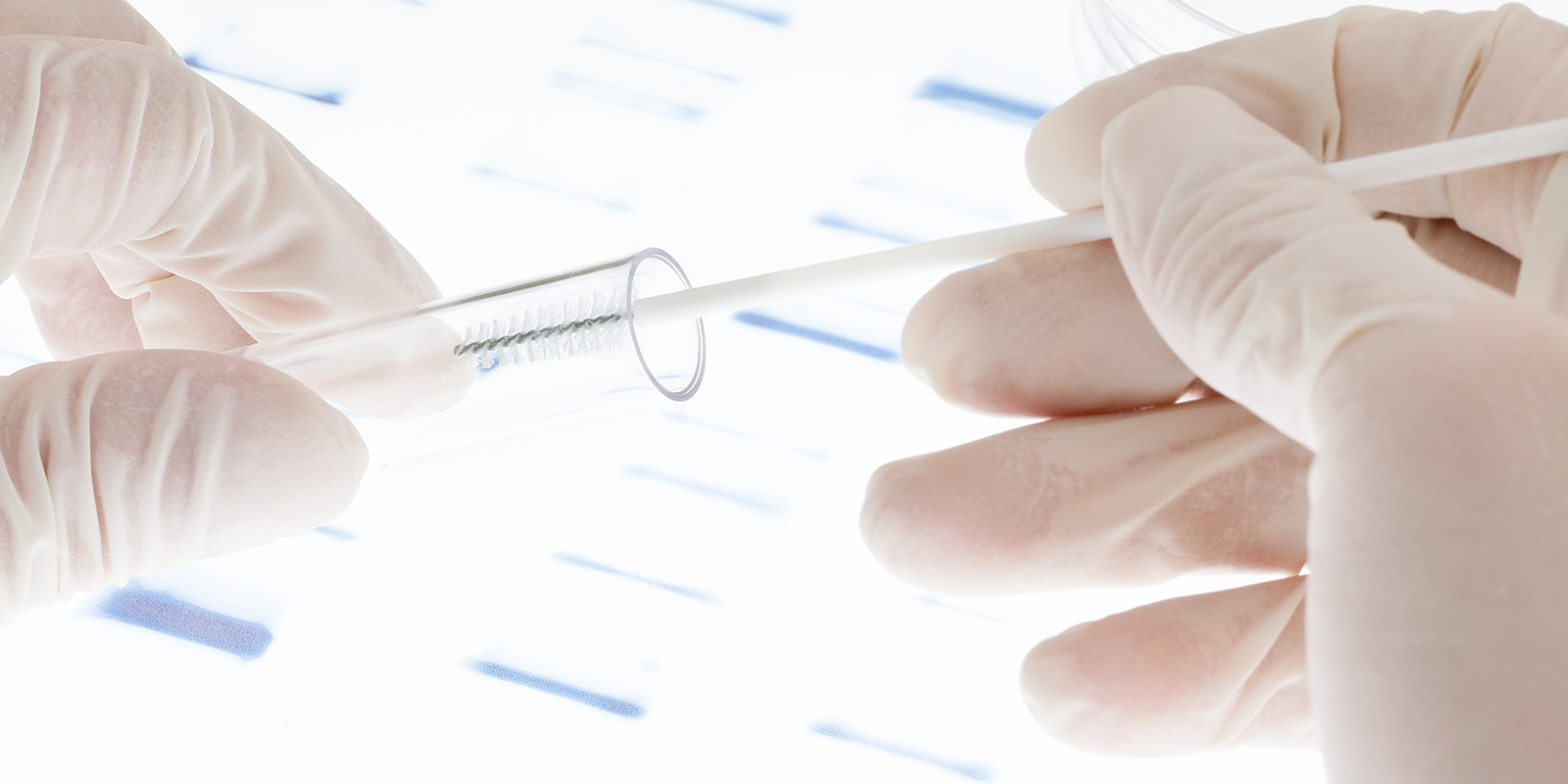I joined Vitrolife at the beginning of this year and was very flattered to have been asked to write not only the first blog of the year, but also the first blog from Vitrolife’s Genomics Business Unit – an application area close to my heart.
Living in Cambridge, UK where the structure of DNA was first discovered and where the technique of IVF was pioneered I feel very lucky to be part of this field where we are learning more and more about the role that genetics plays in infertility. Watson and Crick famously discussed their results in the Eagle pub, still popular with Cambridge students today and IVF pioneer Robert Edwards worked in the physiology lab just a few streets away.
Field continues to move forward
I’ve been in the field of genetic testing of human embryos or preimplantation genetic testing (PGT) for almost 7 years, firstly with BlueGnome, where the 24sure array was launched in 2009, then to Illumina, where we launched VeriSeq PGS and also Karyomapping for PGT-M. I am very proud to continue that journey now with Vitrolife.
Over this period it has become increasingly clear that one of the major causes of IVF failure is the transfer of embryos with abnormal numbers of chromosomes (aneuploidy). The introduction of sequencing-based PGT-A has been one of the innovations I’ve experienced in the field – a technique which is now almost ubiquitous as the technique of choice for PGT-A. In addition, the introduction of Karyomapping, an array-based technique for PGT-M has also revolutionized the way in which many groups perform their screening for monogenic disorders.
Commitment to the future
What excites me most about this field is what’s coming next? At Vitrolife we have a commitment to develop new products in the PGT space and we will be spending our time talking to customers, leaders in the field and collaborators to determine what that path looks like. We have started to assemble a genomics team and are very honoured to have Professor Handyside join us to drive those scientific discussions, coupled with of course the expertise within Vitrolife on the entire IVF journey. We cannot change the potential of an embryo, but we can strive to select the embryo with the highest potential.
During my visits to the Vitrolife headquarters one of the areas that has impressed me the most is the commitment to quality from the way in which the products are designed, developed and manufactured through to the mindset of the individuals themselves. We are also in a unique position to have access to the entire portfolio of products within Vitrolife where there are clear synergies to future development opportunities in the field of genomics.
Are there alternatives to biopsy?
One of the most exciting recent developments is the possibility of non-invasive PGT, which provides an alternative method to invasive embryo biopsy and removal of cells, which can potentially harm embryo development. There is now increasing evidence that spent media contains traces of embryonic cell-free DNA (cfDNA), which can be amplified for genetic testing. The promise of non-invasive PGT is a real one as if proved to be successful could move away from the need for specific equipment and highly-skilled personnel and in turn could bring down the costs to the patient, very often a barrier to uptake. However, this being said this doesn’t come without significant challenges and results reported have been very variable as to achieve high rates of sensitivity, specificity and concordance investigations into the most appropriate amplification and PGT methods need to be explored fully.
Can we further enhance embryo selection?
I strongly believe that data drives decisions and enhanced information about an embryo will allow us to identify the embryo with the highest potential with more confidence. Historically embryo selection has been based on the grading of embryos, however in recent years this has been enhanced by time-lapse incubators and morphokinetics. Not only are the time-lapse images of the embryo taken several times an hour to show development at every vital stage, but this is performed while keeping the embryos securely in the optimal conditions. There is no doubt that chromosome aneuploidy is a major factor causing IVF failure but egg and embryo quality also contributes. So the combination of time lapse analysis and PGT potentially provides embryologists with very powerful tools to select the best embryos for transfer.
More studies are needed, more data is needed and more clinical evidence is needed. That being said while we we’re not able to change the potential of the embryo nor are we able to change nature, our goal remains to fulfill the dream of having a baby and support customers to achieve successful outcomes by providing valued solution and services for assisted reproduction.
I’m proud to be part of the growing genomics team at Vitrolife supported by the entire Vitrolife family and look forward to working in partnership with our customer base to achieve our collective goals.
Topics: genetic testing
Written by Dr. Sally Cartwright
Sally has a PhD Genetics and has worked in the US and Germany. Since 2004, Sally has been living and working in Cambridge, UK. Sally joined Vitrolife at the beginning of 2019 and before that was at Illumina and prior to that at BlueGnome. Sally has significant experience in managing products in the market and taking news ones through development and onto commercialisation. Working out of Cambridge in the UK, where the structure of DNA was discovered and where the technique of IVF was developed, she looks forward to combining those in her role at Vitrolife.
